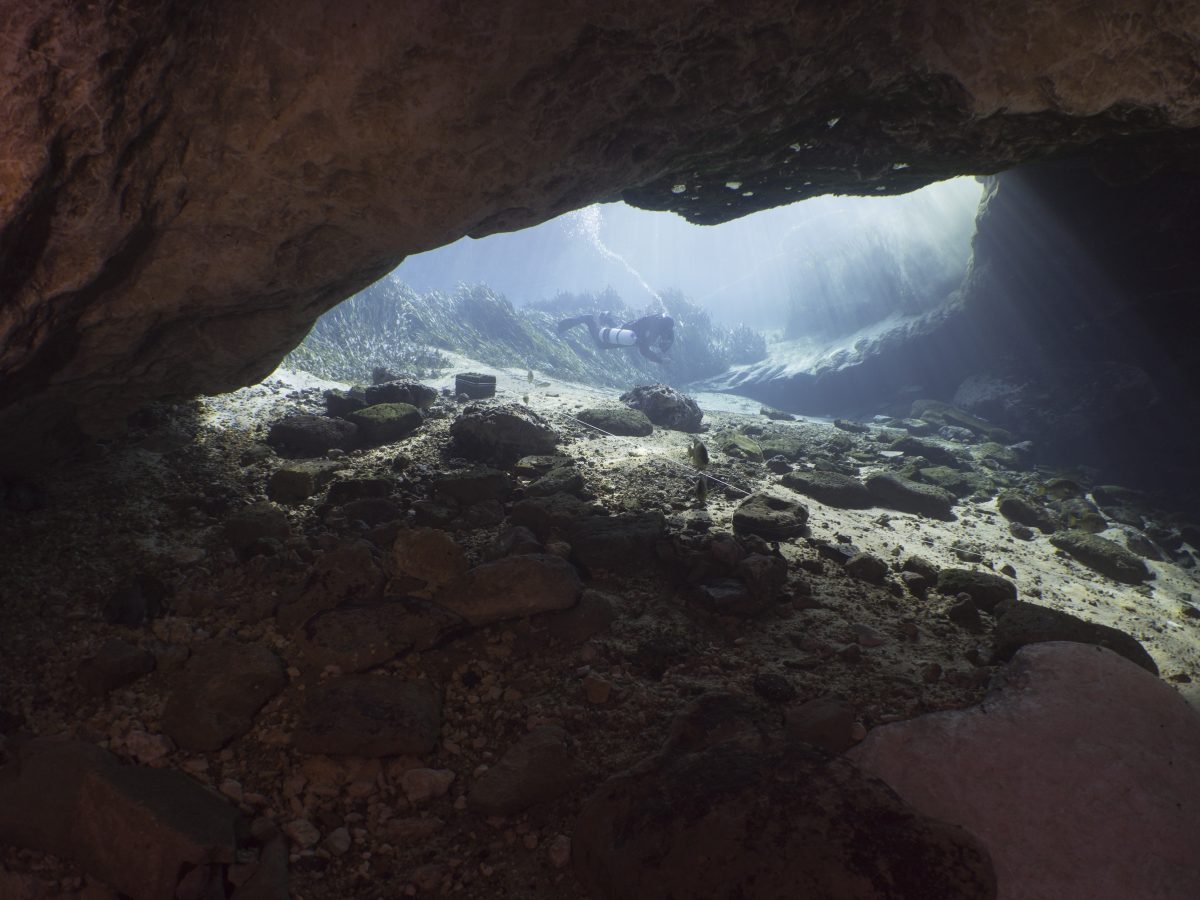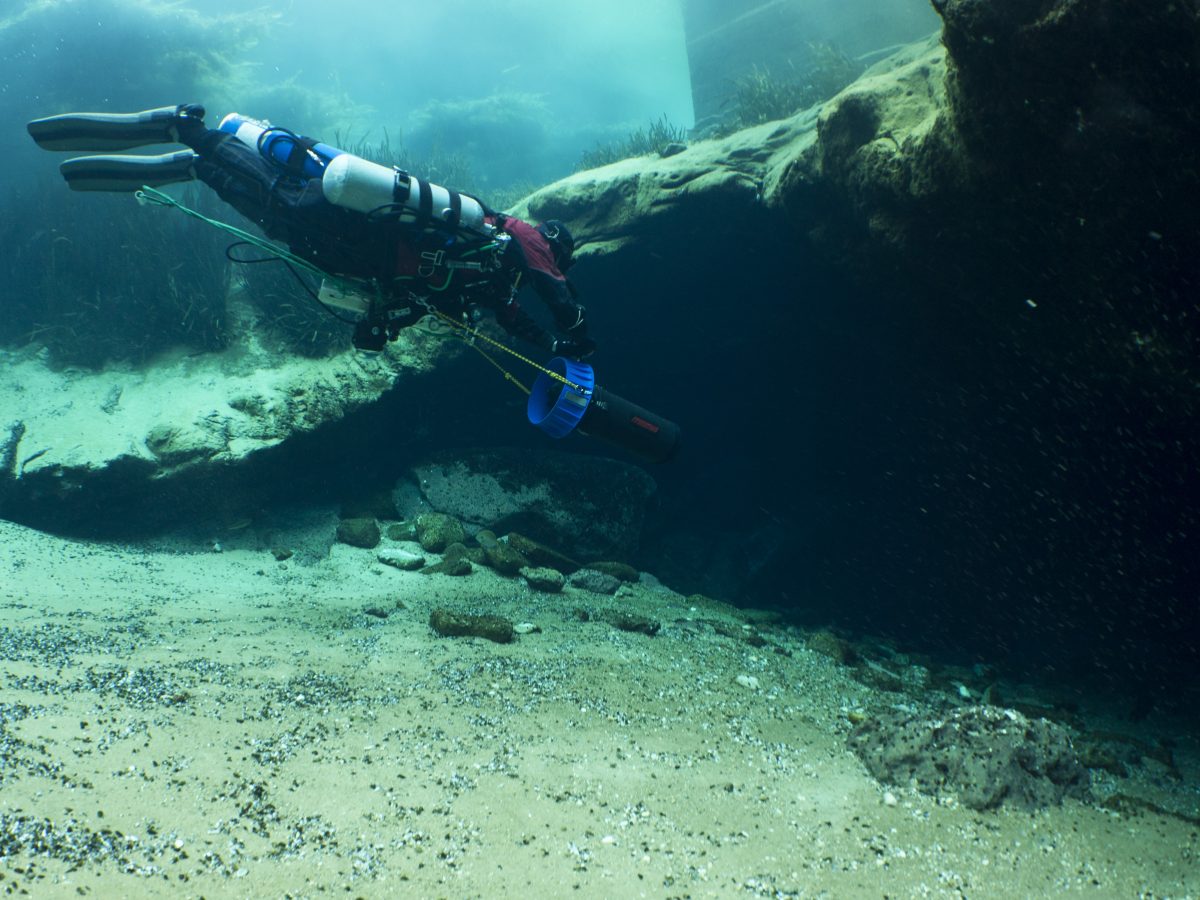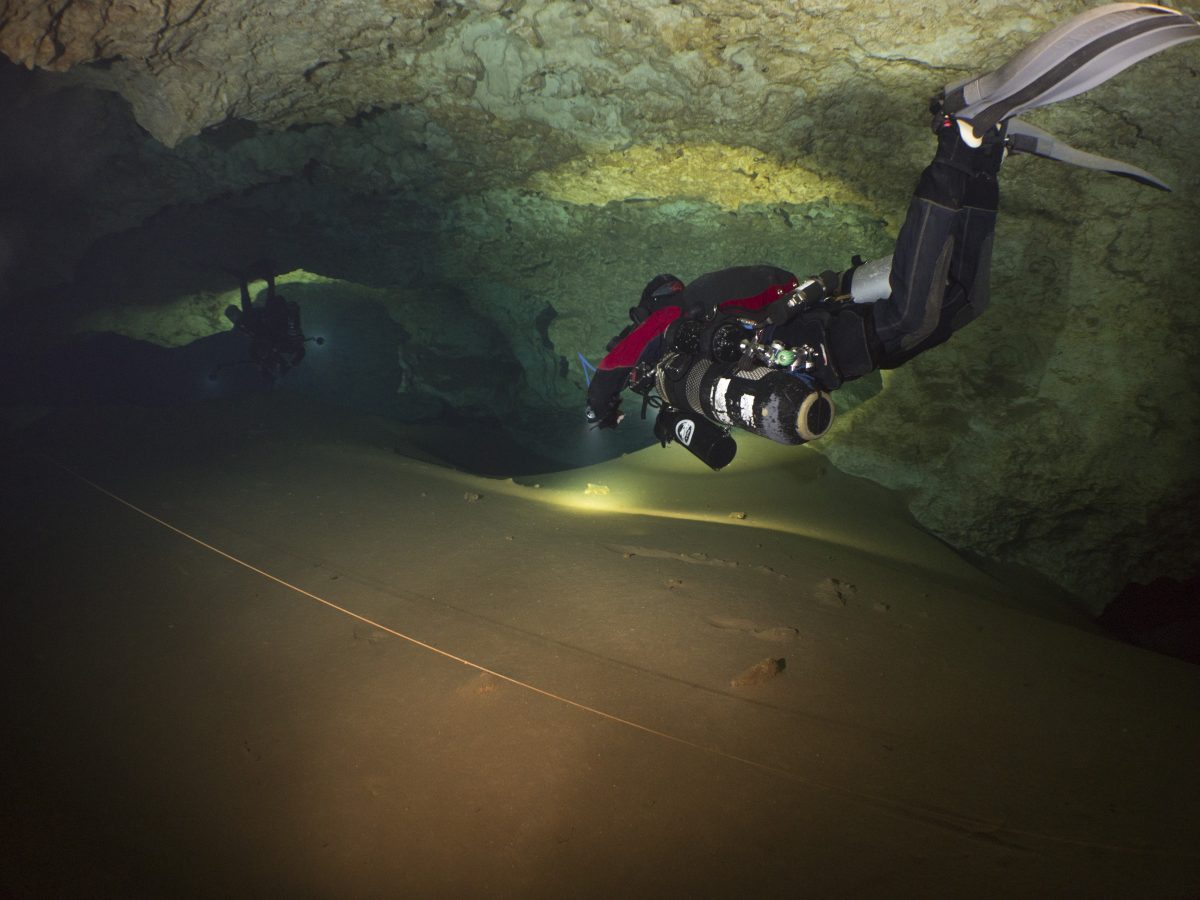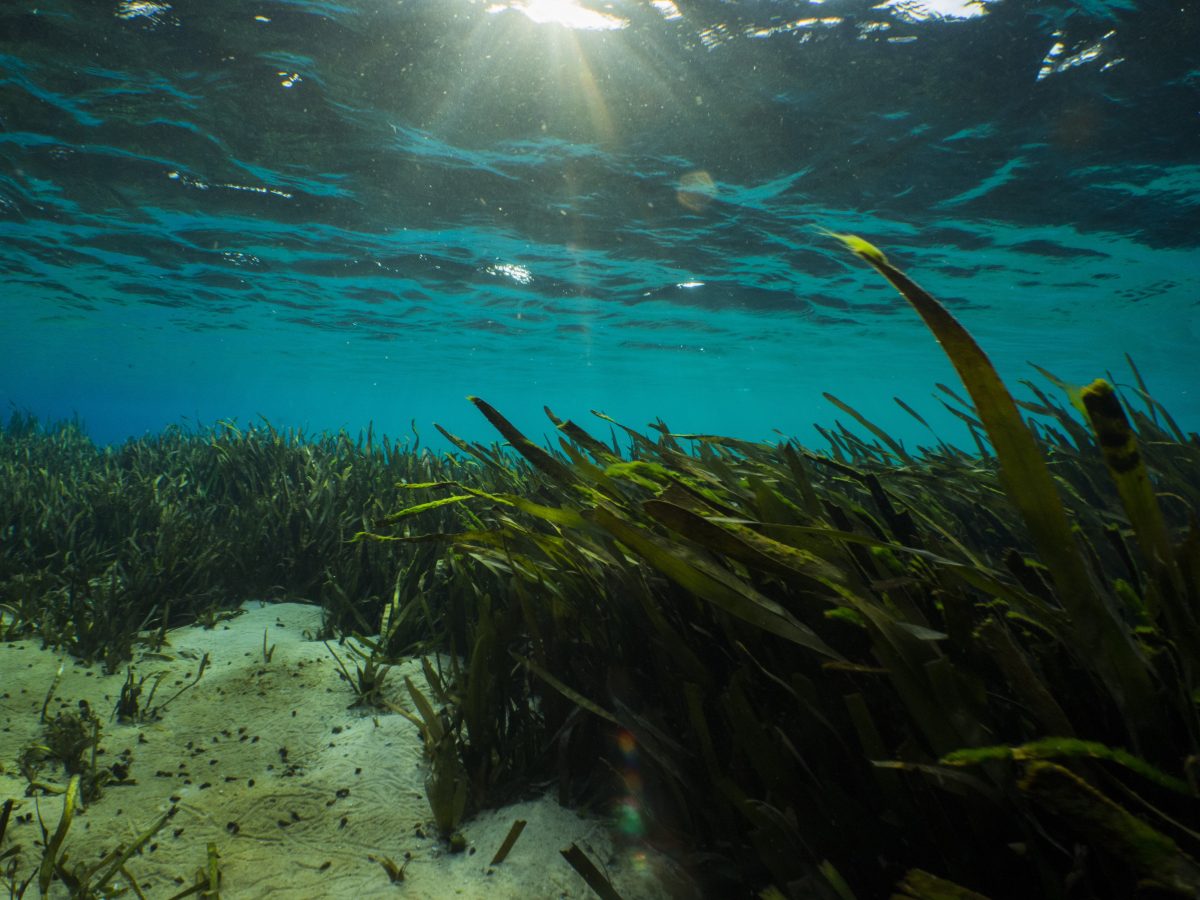Towards the end of my scholarship year, the diving adventures keep getting more and more exciting. In February, I was invited to join a cave film shoot with Evan Kovacs from the Woods Hole Oceanographic Advanced Imaging and Visualization Lab.

After two months away from the rebreather and cave diving, I decided to head to Northern Florida a week before the intended start of the film shoot for some check-out diving. Derek Ferguson took me for some extraordinary dives in the Jug Hole and Ginnie Springs. Right away, my love for the liquid underworld flared up and I quickly felt comfortable and confident again exploring the caves around High Springs. However, Evan Kovacs kept something very special in the bag for me: the caves of the Mill Pond at Marianna, about three hours west of cave country.

The Mill Pond is the closest I’ve been to Paradise on Earth, above and below its surface. On the first dive to this cave, Jackson Blue revealed itself as the most beautiful of the Florida Springs that I have dived so far. Evan and I spent the dive familiarizing ourselves with the main tunnel and looking for potential areas for filming. The perfectly white limestone makes this location ideal for any camera work. The spring pumps water out of the cave at exhilarating speeds, which keeps the tunnels from silting out and gives it a beautiful deep blue hue. Jackson Blue is certainly a befitting name for the cave.

20,000 lumen video lights diminished the darkness from the caves during our shoot and completely transformed the passages of Jackson Blue. Details became apparent where dim light usually only allows you to see rough outlines. In the largest chambers, even the most powerful lights could not beat the dark. Shadows danced and conquered the corners of ancient domes, formed by millennia of karstification.

Hundreds of feet away from the entrance without any natural light, however, darkness turns into a companion — almost like an old friend who welcomes you to a different world.
The absence of light and the effort involved to achieve good artificial illumination really made me appreciate underwater lighting. As cave divers, we have the opportunity to return with photos and videos of places that very few have the chance to visit. A cave dive is also a journey through geological history, showcasing ancient seabed, fossils and corrosive processes. For the Woods Hole Advanced Imaging Lab, it is also the best place to test underwater filming equipment in complete darkness, that is otherwise only found in aphotic zone of the ocean, at depths of 600 metres and beyond. Evan’s ability to bring light into a cave and capture the mood was a revelation that changed my attitude to videography and photography.
After some very exciting film shoots, we took to dive the Hole in the Wall. Despite its belittling name, this cave falls nothing short of Jackson Blue. While the visibility is a little lower because there is no flow in the main passage, the narrow side tunnels take intriguing twists and turns that lead to fascinating fissures in the rock — which allow you to jump from one level of the cave to another. The white cave line, which marks explored passages, blends in almost perfectly with the chalky rocks, making it hard to distinguish and easy to lose track. We reached the end of the upstream line at a depth of only ten meters, where another exit must have collapsed decades if not centuries ago. There we turned, and made our way back towards the exit.
